Clapham chemical attack – latest: Two bodies found in search for suspect Ezedi as officers return to Thames
Two bodies, unrelated to Ezedi, were found on Saturday morning as the force began searching the River Thames
Police are searching the River Thames for the man suspected of carrying out the Clapham chemical attack after two bodies were found in the water.
A police boat circled between Vauxhall and Chelsea bridges on Saturday morning, one day after the Metropolitan Police revealed their belief that Abdul Ezedi, 35, may have jumped or fallen from Chelsea Bridge.
A body was recovered near HMS Belfast just after 10am and another was found around 30 minutes later along the river in Limehouse.
The force said neither of the discoveries are linked to Ezedi and the search efforts resumed at around 10am on Sunday.
Ezedi was last seen on CCTV pacing up and down Chelsea Bridge and leaning over the railings four hours after the attack on January 31.
Detectives say his death is the “most probable outcome”, but officers warned it may take months for a body to be recovered – or it may never be found.
Clapham alkali attack victim ‘a devoted and loving mother’
Friends of the woman left severely injured after being doused with a corrosive substance in south London have described her as “a devoted and loving mother”.
The 31-year-old woman may lose the sight in her right eye and remains sedated in hospital after her former partner Abdul Ezedi is suspected of pouring a strong alkali on the woman last Wednesday.
She is still too ill to speak to police and her injuries were so severe the incident is being treated as attempted murder.
In a statement released to the PA news agency, close friends of the victim, who have launched a fundraiser for the family, said: “Our friend is first and foremost a devoted and loving mother.
“Her children are her life. She is generous to a fault and a wonderful cook and host. All she has ever wanted is a safe home for her and her beautiful, kind little girls.”
What is Ezedi’s history?
Ezedi came to the UK hidden in a lorry in 2016, and was turned down twice for asylum before successfully appealing against the Home Office rejection by claiming he had converted to Christianity.
He was convicted of two sexual offences in 2018 but was allowed to stay in the UK because his crimes were not serious enough to meet the threshold for deportation.
A tribunal judge is understood to have ruled in favour of his asylum claim in 2020 after a retired Baptist church minister confirmed he had converted to Christianity, reportedly describing Ezedi as “wholly committed” to his new religion.
On Wednesday, a Baptist church in Tyne and Wear confirmed it was aware of a “connection” it had with the suspect.
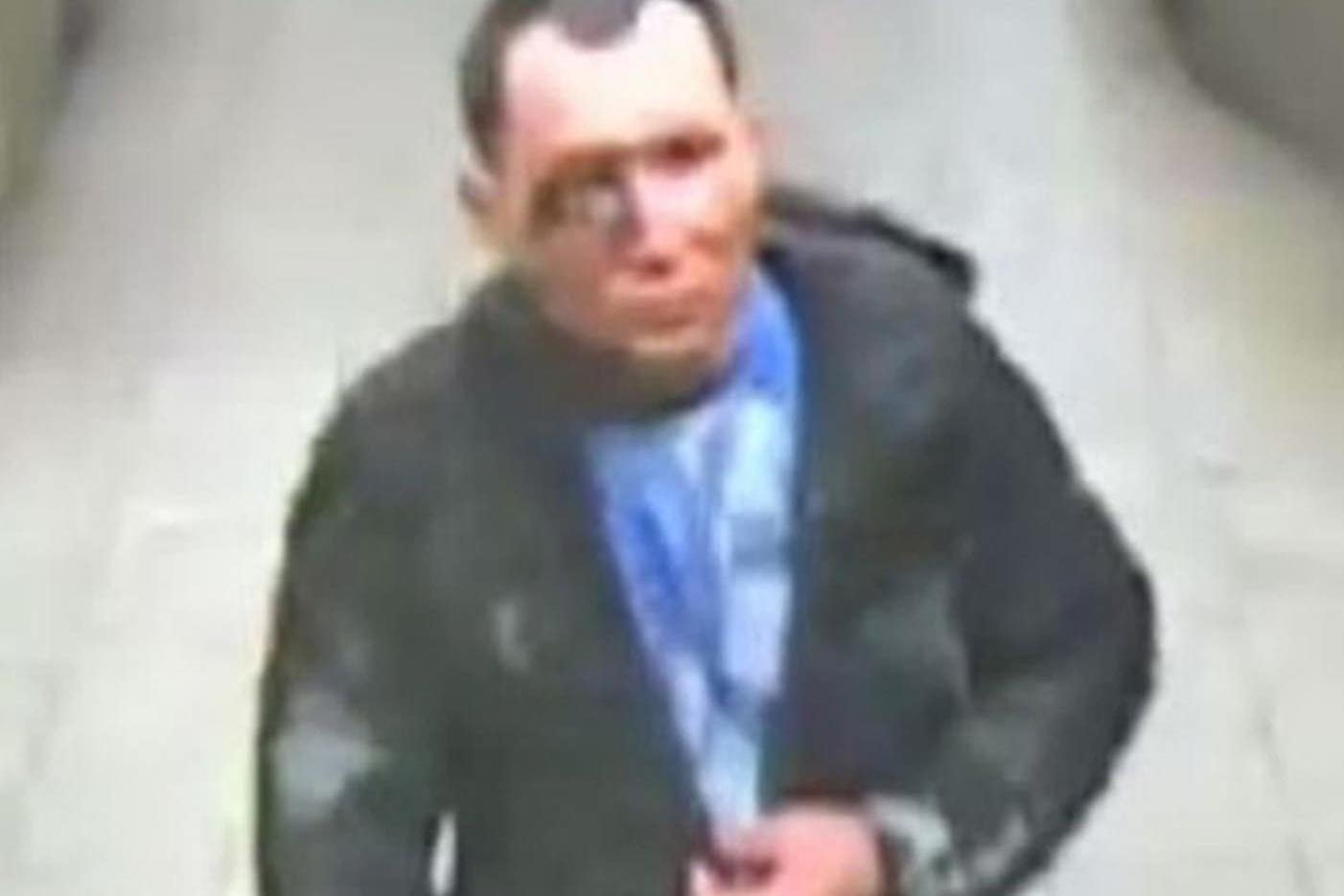
Hundreds of people gave information to detectives
Around 500 people across the UK have called police with information about Abdul Ezedi and his possible whereabouts since the incident happened, detectives have revealed.
Commander Jon Savell said at a news briefing on Friday: “We remain immensely grateful to all those who called - the public support for our investigation has been tremendous and I want to thank all those who helped.
“Our thoughts are also with the 31-year-old woman who remains in a critical but stable condition sedated in hospital on her long road to recovery.”
Crowds gather to watch police search Thames for Abdul Ezedi
Police have been searching an area of the River Thames in central London for alkali attack suspect Abdul Ezedi.
A police boat circled between Vauxhall and Chelsea bridges, flashing lights and pausing beside a small ship before moving off again on Saturday morning.
Despite the poor visibility caused by the weather, a crowd gathered to watch the operation.
Detectives believe Ezedi may have gone into the river after being seen on CCTV leaning over the railings of Chelsea Bridge in west London on the night a woman and two young girls were attacked with a corrosive substance in Clapham, south London.
The force said on Friday its main working hypothesis was the 35-year-old had “gone into” the Thames.
However, police admit that Ezedi’s body may never be found due to the speed of the current in the river.
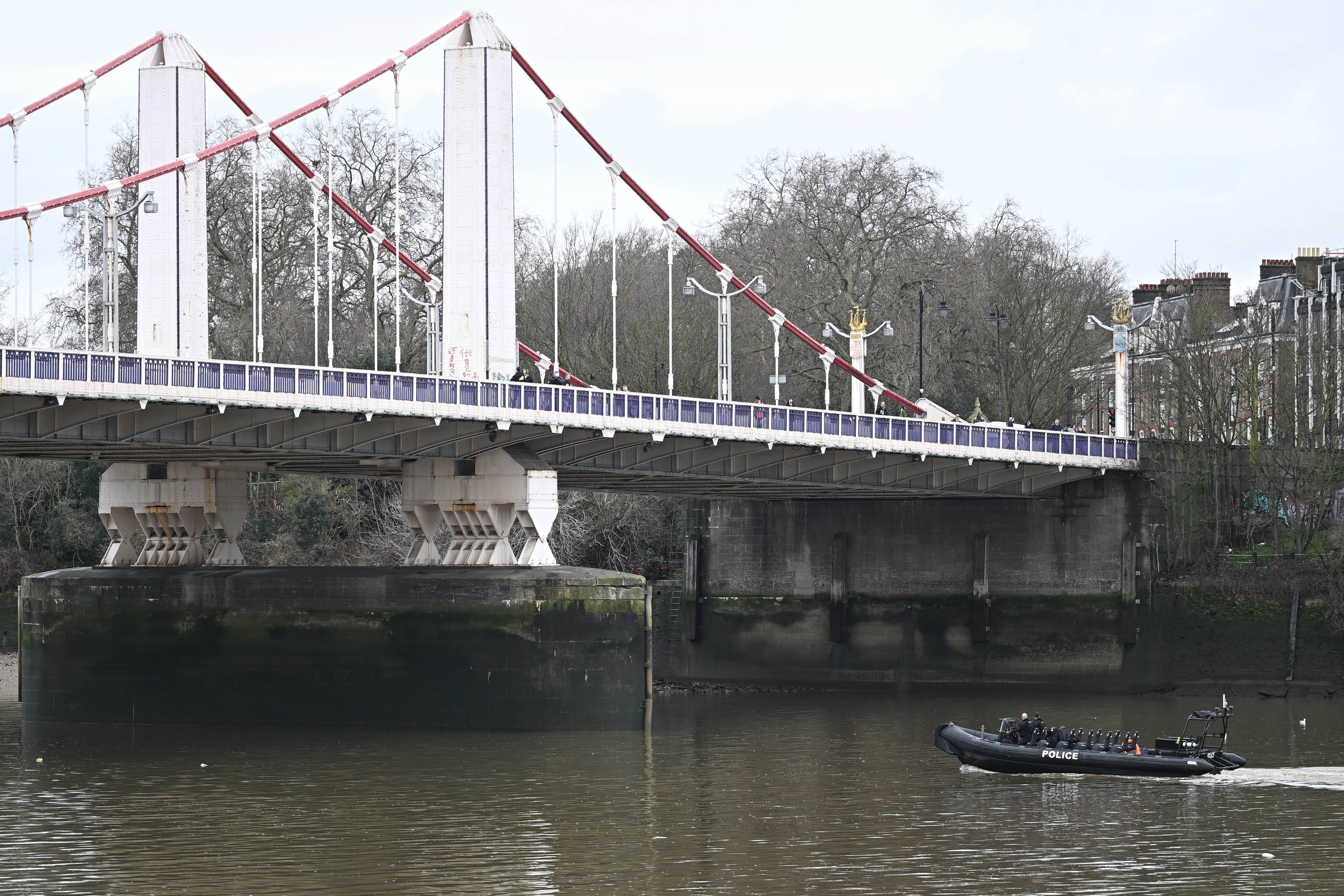
Clapham alkali attack victim ‘a devoted and loving mother’
Friends of the woman left severely injured after being doused with a corrosive substance in south London have described her as “a devoted and loving mother”.
The 31-year-old woman may lose the sight in her right eye and remains sedated in hospital after her former partner Abdul Ezedi is suspected of pouring a strong alkali on the woman last Wednesday.
She is still too ill to speak to police and her injuries were so severe the incident is being treated as attempted murder.
In a statement released to the PA news agency, close friends of the victim, who have launched a fundraiser for the family, said: “Our friend is first and foremost a devoted and loving mother.
“Her children are her life. She is generous to a fault and a wonderful cook and host. All she has ever wanted is a safe home for her and her beautiful, kind little girls.”
Police ‘may never find' Ezedi
The Metropolitan Police say they may never find Abdul Ezedi as they begin to search the River Thames.
Ezedi, 35, was last seen on Chelsea Bridge just before 11:30pm on 31 January, but the Metropolitan Police say that after studying CCTV and bus footage of the area, no cameras captured him leaving, so their main hypothesis is that he went into the water.
In a briefing at Scotland Yard, Commander Jon Savell said: “At this time of year, the Thames is very fast flowing, very wide and full of lots of snags.
“It is quite likely that if he has gone in the water, he won’t appear for maybe up to a month and it’s not beyond possibility that he may never actually surface.”
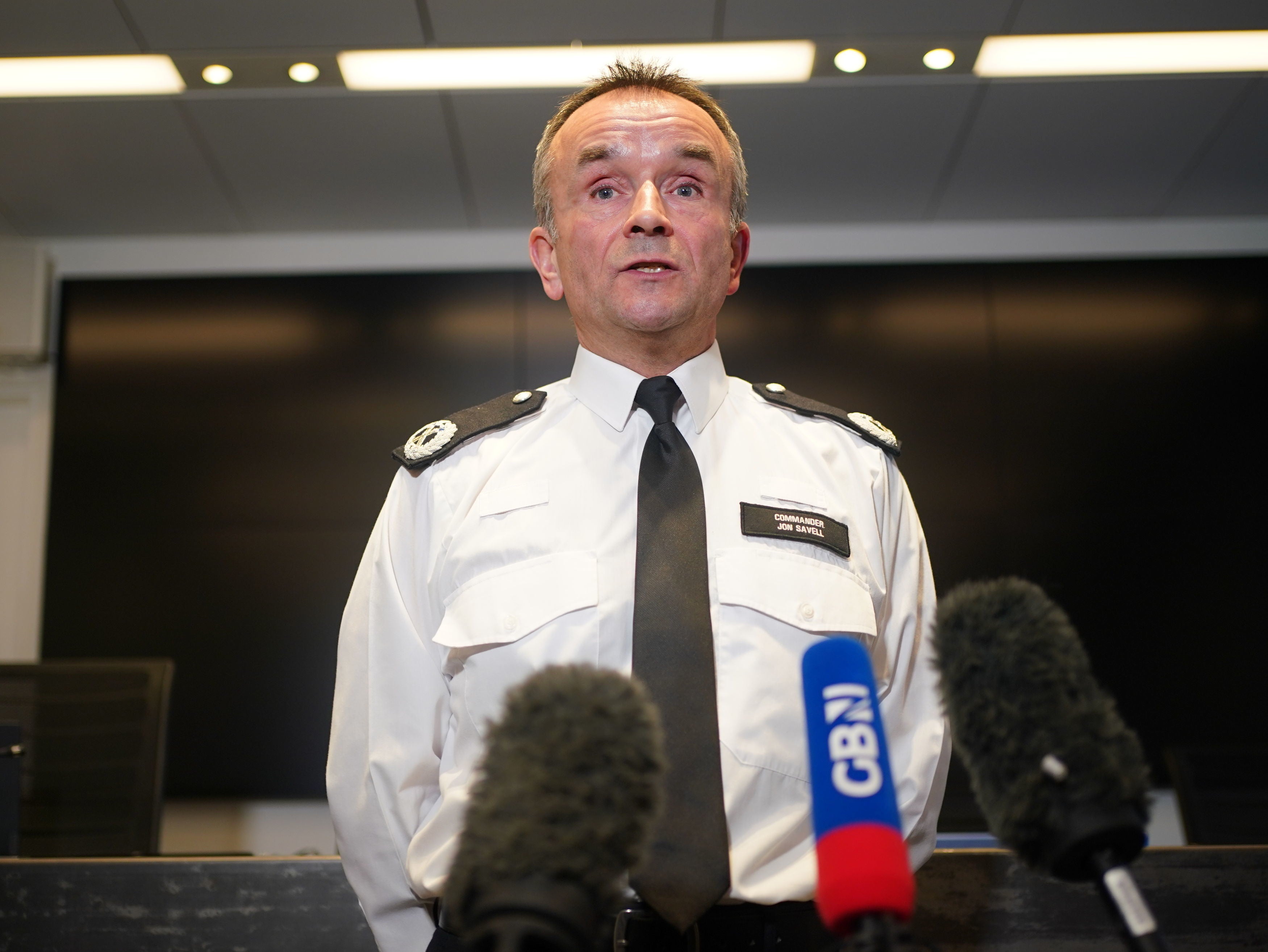
Pictures: Police search Thames Ezedi
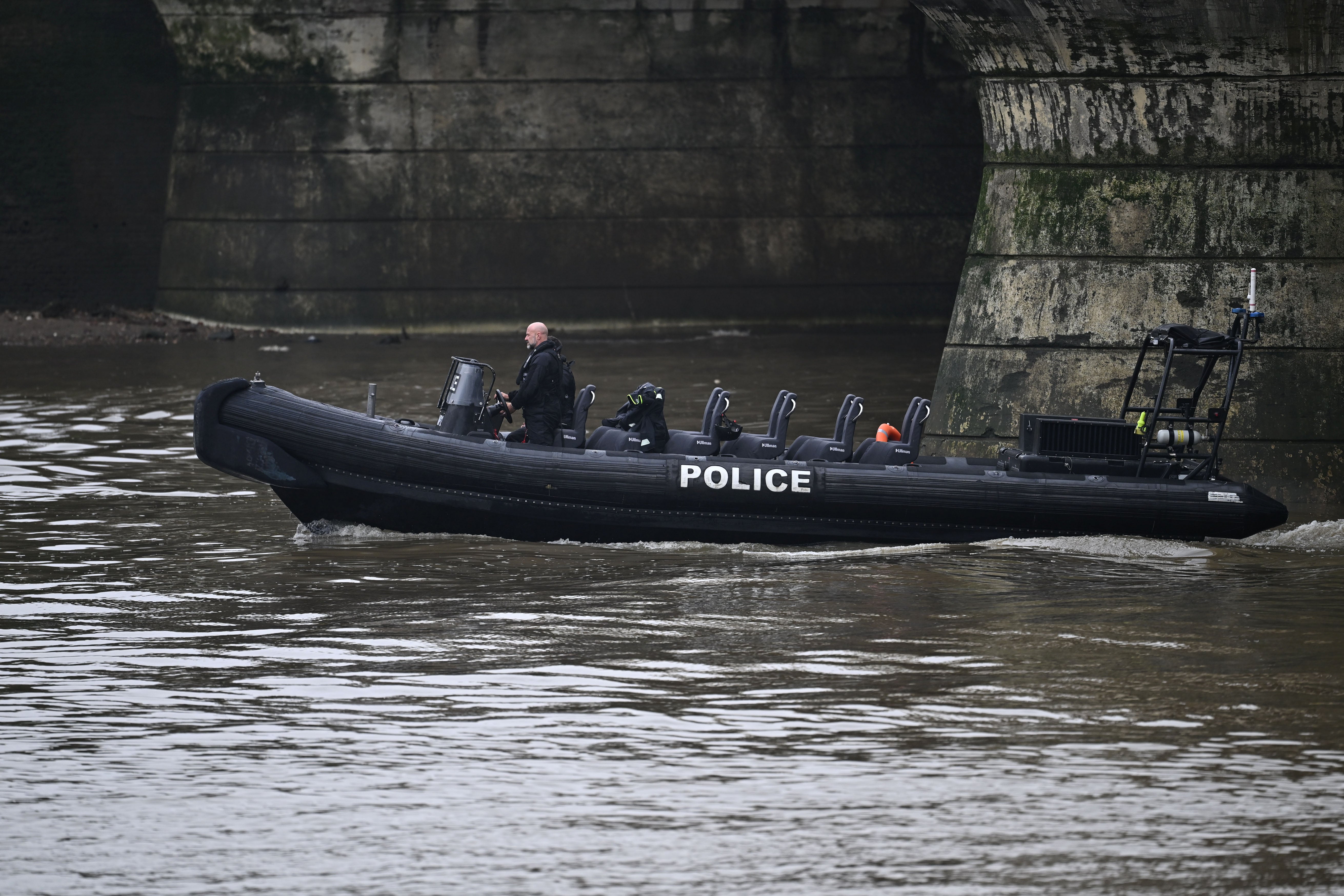
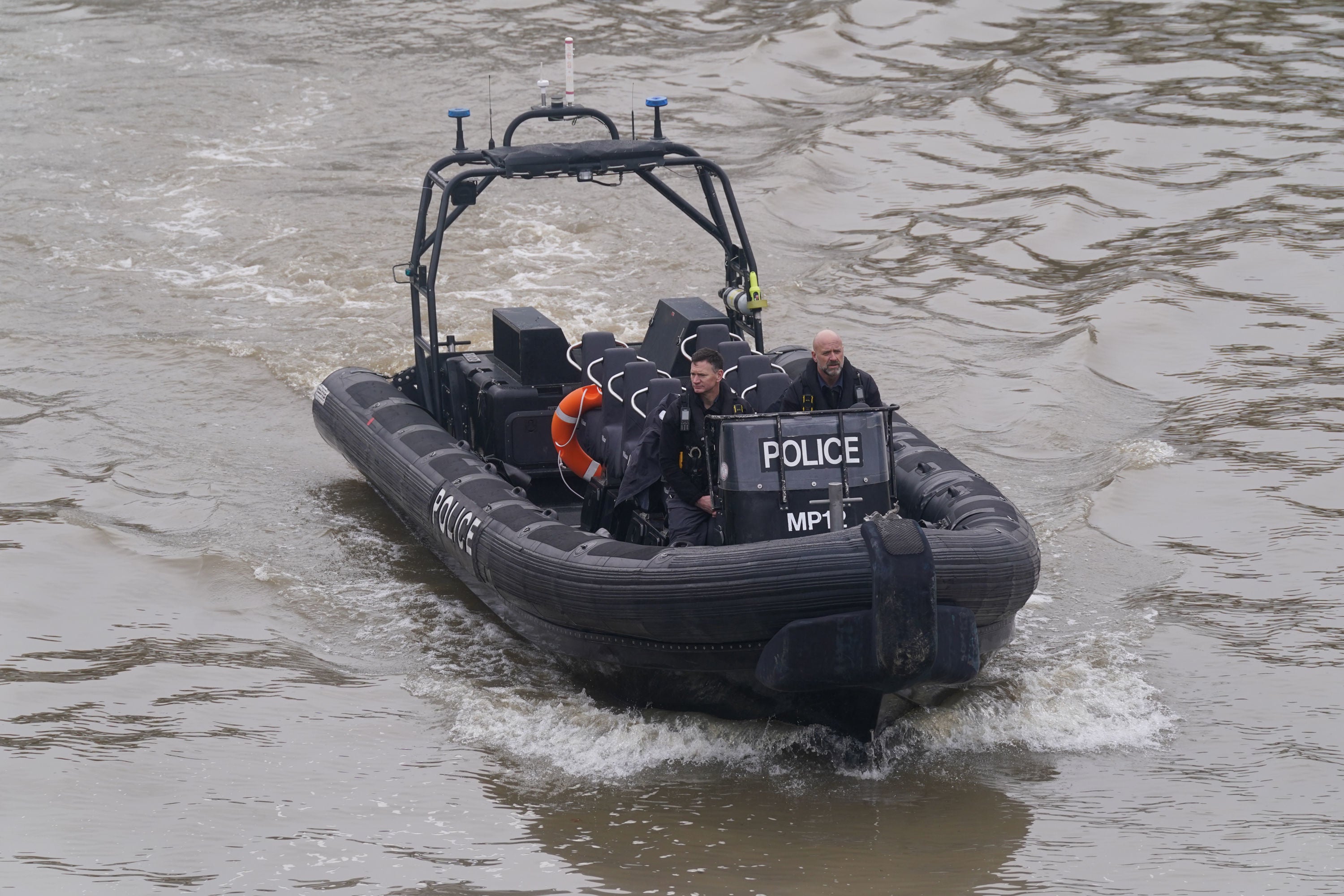
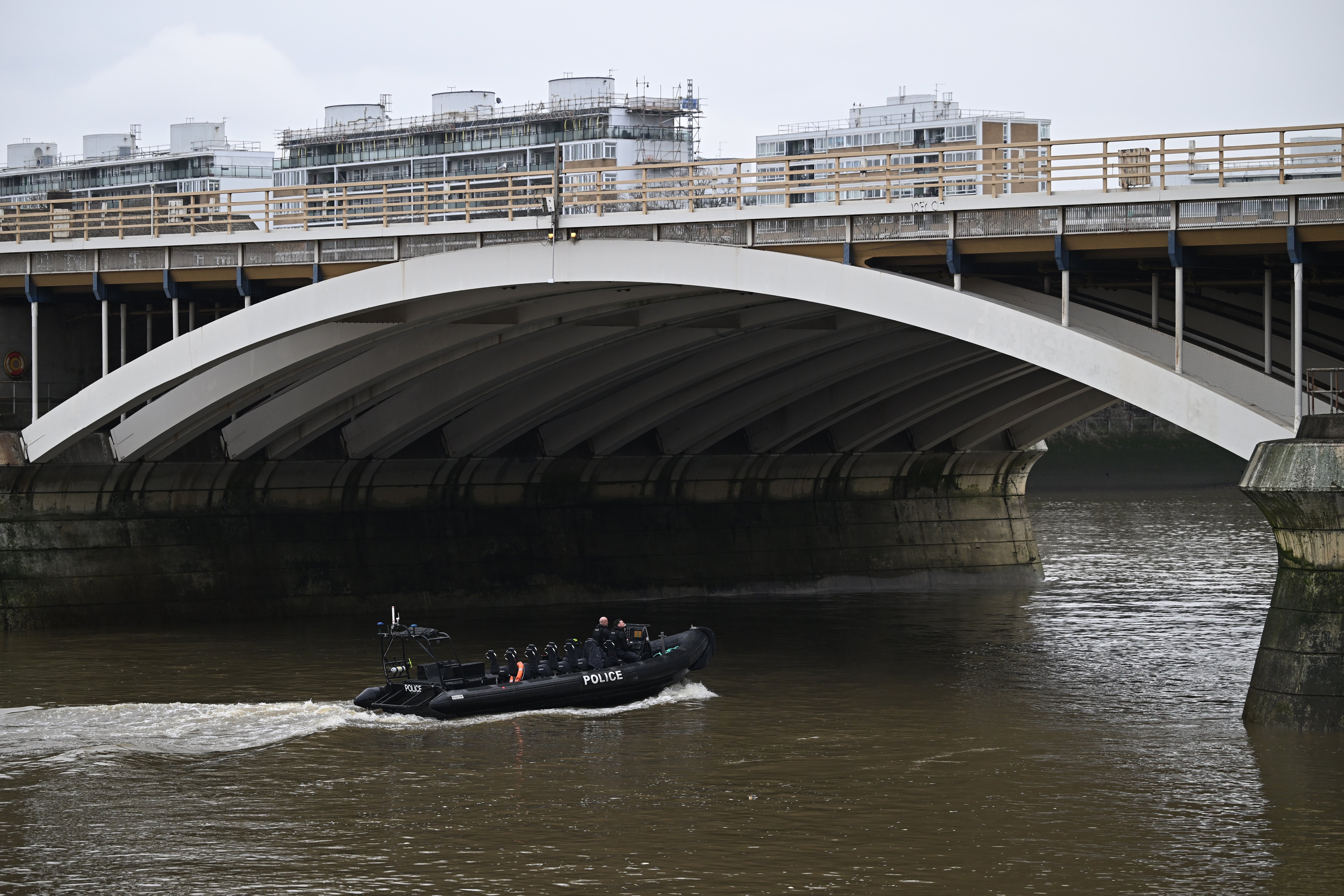
Police begin searching River Thames
The search for Abdul Ezedi in the River Thames began this morning after police revealed yesterday that they believe he may have fallen into the water and died.
The Metropolitan Police confirmed that police boat searches had commenced at low tide on Saturday morning near Chelsea Bridge and the surrounding area of the river.
Ezedi, 35, was last seen on Chelsea Bridge just before 11:30pm on 31 January - four hours after a mother was attacked by a strong alkali in Clapham.
The Metropolitan Police say that after studying CCTV and bus footage of the area, no cameras captured him leaving, so their main hypothesis is that he went into the water.
While a has not been found, detectives say his death is the “most probable outcome”. He was seen pacing up and down the bridge - the last known sighting of him - before leaning over the railings.

Timeline of Clapham attacker Abdul Ezedi last known movements
7.25pm - The attack takes place in Lessar Avenue.
7.33pm - Ezedi boards a train at Clapham South Tube station.
8.42pm - He is seen on CCTV leaving Tesco at 21 Caledonian Road.
9pm - Ezedi enters King’s Cross Tube station and boards a Victoria Line Tube southbound.
9.33pm - He is seen leaving Tower Hill Underground Station.
10.04pm - He passes the Unilever building and heads towards Victoria Embankment.
10.33pm - Ezedi is seen walking south on Westminster bridge.
10.42pm - Ezedi was seen walking west on south Thames Path towards Lambeth Bridge.
10.55pm - He travels along the Albert Embankment approaching Vauxhall Bridge.
11.03pm - He crosses Vauxhall Bridge Road, into Grosvenor Road.
11.25pm - He crosses over Chelsea Bridge and enters Battersea Park.
11.27pm - He crosses back over Chelsea Bridge towards the north side. This is the last recorded sighting of him.
Ezedi seen ‘leaning over railings’ of Chelsea Bridge
The Metropolitan Police said Clapham alkali attack suspect Abdul Ezedi was seen to “lean over the railings” of Chelsea Bridge before CCTV sightings of him ceased.
In a briefing at Scotland Yard, Detective Superintendent Rick Sewart said: “We’ve tracked Ezedi’s movements from the Tower Hill area where he alighted the underground and he’s walked over four miles to the location of Chelsea Bridge.
“He’s walked with purpose, but has essentially hugged the Thames River line.
“When he has got to the area of Chelsea Bridge, his behaviour visibly appears to change in so much as he walked up and down the bridge – he pauses in the midpoint of the bridge, halfway down the bridge.
“Then he walked to and from the side of the bridge and can be seen to sort of lean over the railings before there is a loss of sight.”
Mr Sewart added that this was consistent with “him going into the water”.
Subscribe to Independent Premium to bookmark this article
Want to bookmark your favourite articles and stories to read or reference later? Start your Independent Premium subscription today.




